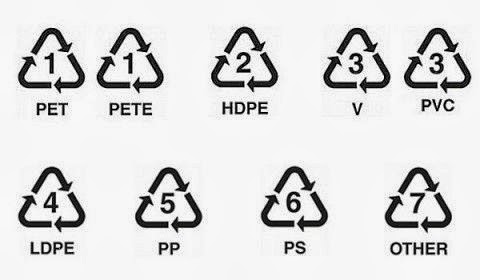Algunos papers para los investigadores
Cada de vez en cuando, publico en este blog algunos abstracts o papers que son open access, hoy les dejo estos variados:
Muy necesario para todos aquellos que nos dedicamos a la investigación: A pre-analysis plan checklist (mucho más detalle en el post original, aquí solo dejo los puntos en general):
- Description of the sample to be used in the study
- Key data sources
- Hypotheses to be tested throughout the causal chain
- Specify how variables will be constructed
- Specify the treatment effect equation to be estimated
- What is the plan for how to deal with multiple outcomes and multiple hypothesis testing?
- Procedures to be used for addressing survey attrition
- How will the study deal with outcomes with limited variation?
- If you are going to be testing a model, include the model
- Remember to archive it
Ya tenía tiempo que no veía un análisis sobre los costes relacionados con el empleo desde una perspectiva cíclica: Are benefit costs increasingly driving the cyclicality of employment?
Abstract:
I document (1) the slow rebound in U.S. aggregate employment following recent recessions, despite recoveries in output, as well as (2) a rising trend in per worker benefit costs, the cyclicality of those costs, and a positive correlation of the cyclical benefit costs with employment growth cycles. I show how these two phenomena are related. Then I develop a DSGE model that includes firms’ dynamic benefit costs, financial conditions (i.e., borrowing capacity), and the tradeoff between extensive and intensive labor margins to explore the effects of these features on post-1990 employment dynamics. I find that the benefit costs’ rising trend, cyclicality, and interactions with financial conditions have contributed significantly to the observed slow employment growth following the three most recent recessions in the U.S. This paper offers two main improvements over the standard model, which lacks such arrangements: (1) delivering 2-to-7-quarter delays relative to NBER business cycle troughs for the employment recoveries from the 1990, 2001, and 2007 recessions while generating no delay for the pre-1990 period, which is in line with the data; and (2) explaining 40-90 percent of employment volatility and harmonizing with that of output and per worker hours.
Finalmente, no tiene que ver directamente con economía, pero es un paper curioso sobre las relaciones personales: People With Dark Personalities Tend to Create a Physically Attractive Veneer
Abstract:
Which personality traits are associated with physical attractiveness? Recent findings suggest that people high in some dark personality traits, such as narcissism and psychopathy, can be physically attractive. But what makes them attractive? Studies have confounded the more enduring qualities that impact attractiveness (i.e., unadorned attractiveness) and the effects of easily manipulated qualities such as clothing (i.e., effective adornment). In this multimethod study, we disentangle these components of attractiveness, collect self-reports and peer reports of eight major personality traits, and reveal the personality profile of people who adorn themselves effectively. Consistent with findings that dark personalities actively create positive first impressions, we found that the composite of the Dark Triad—Machiavellianism, narcissism, and psychopathy—correlates with effective adornment. This effect was also evident for psychopathy measured alone. This study provides the first experimental evidence that dark personalities construct appearances that act as social lures—possibly facilitating their cunning social strategies.


Comentarios